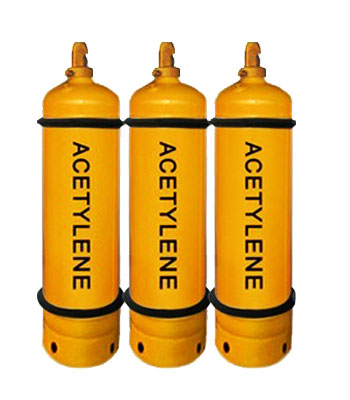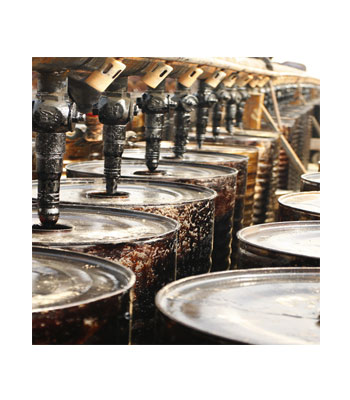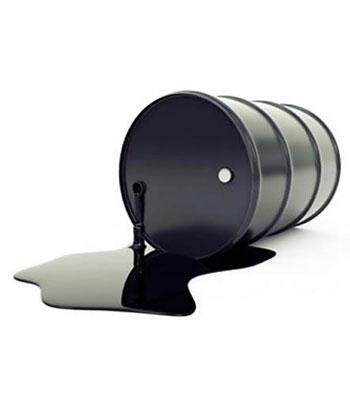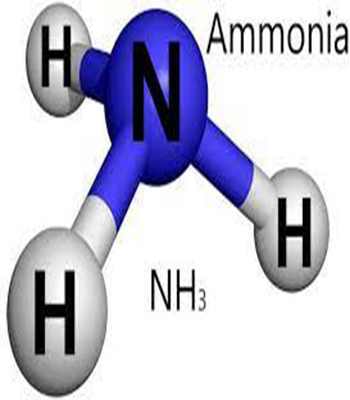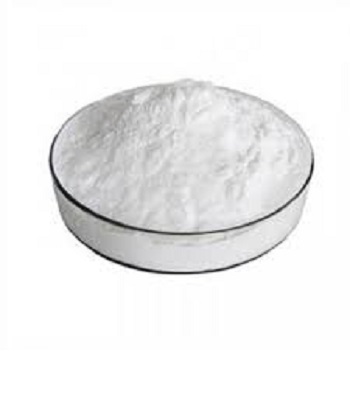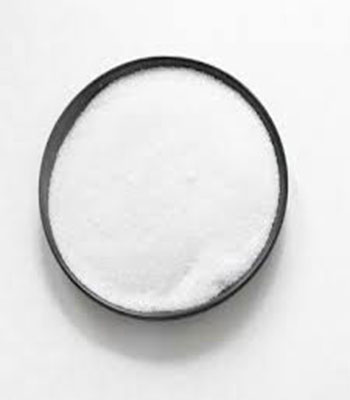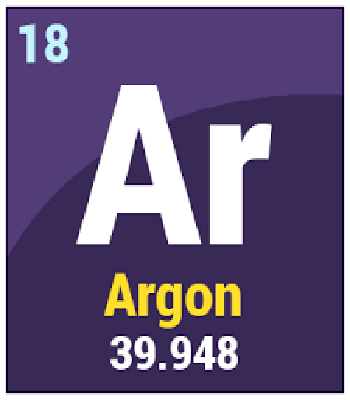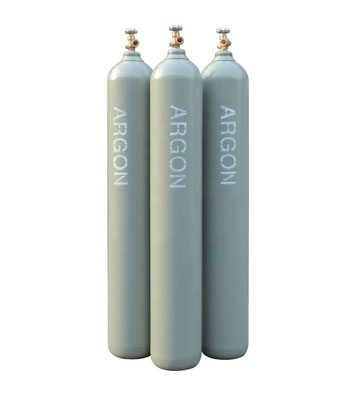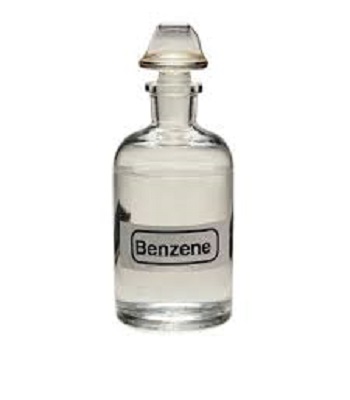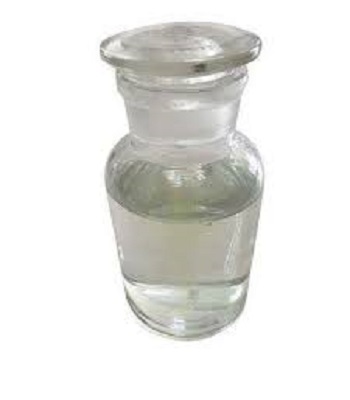Acetylene Gas
$0.00Pure Acetylene Gas
- Acetylene is the chemical compound with the formula C2H2. It is a hydrocarbon and the simplest alkyne. This colorless gas is widely used as a fuel and a chemical building block. It is unstable in pure form and thus is usually handled as a solution. Pure acetylene is odorless, but commercial grades usually have a marked odor due to impurities.
- As an alkyne, acetylene is unsaturated because its two carbon atoms are bonded together in a triple bond. The carbon–carbon triple bond places all four atoms in the same straight line, with CCH bond angles of 180°. Since acetylene is a linear symmetrical molecule, it possesses the D∞h point group.
Acetylene Gas
$0.00Pure Acetylene Gas
- Acetylene is the chemical compound with the formula C2H2. It is a hydrocarbon and the simplest alkyne. This colorless gas is widely used as a fuel and a chemical building block. It is unstable in pure form and thus is usually handled as a solution. Pure acetylene is odorless, but commercial grades usually have a marked odor due to impurities.
- As an alkyne, acetylene is unsaturated because its two carbon atoms are bonded together in a triple bond. The carbon–carbon triple bond places all four atoms in the same straight line, with CCH bond angles of 180°. Since acetylene is a linear symmetrical molecule, it possesses the D∞h point group.
Acetylene Gas
$0.00Pure Acetylene Gas
- Acetylene is the chemical compound with the formula C2H2. It is a hydrocarbon and the simplest alkyne. This colorless gas is widely used as a fuel and a chemical building block. It is unstable in pure form and thus is usually handled as a solution. Pure acetylene is odorless, but commercial grades usually have a marked odor due to impurities.
- As an alkyne, acetylene is unsaturated because its two carbon atoms are bonded together in a triple bond. The carbon–carbon triple bond places all four atoms in the same straight line, with CCH bond angles of 180°. Since acetylene is a linear symmetrical molecule, it possesses the D∞h point group.
Air Blowing Bitumen Bitumen & Tar
$0.00Production of Bitumen Product in Iran and World by Blowing Method and Straight Run Method. The Air Blowing Bitumen is Produced by Process of Vacuum Bottom (VB) and Air in the Reactor and Due to the Control of the Process Conditions, Different Grades are Produced.
Air Blowing Bitumen Bitumen & Tar
$0.00Production of Bitumen Product in Iran and World by Blowing Method and Straight Run Method. The Air Blowing Bitumen is Produced by Process of Vacuum Bottom (VB) and Air in the Reactor and Due to the Control of the Process Conditions, Different Grades are Produced.
Air Blowing Bitumen Bitumen & Tar
$0.00Production of Bitumen Product in Iran and World by Blowing Method and Straight Run Method. The Air Blowing Bitumen is Produced by Process of Vacuum Bottom (VB) and Air in the Reactor and Due to the Control of the Process Conditions, Different Grades are Produced.
Air Blowing Bitumen- Tar
$0.00Bitumen production in according to three standard method (Blowing method ,Straight run method and Blending method) in Iran and other countries
The Air Blowing Bitumen is produced by process of vacuum Bottom (VB) and air in the reactor. and due to the control of the process conditions, different grades are produced.
Bitumen clasification according to various specification such as Penetration, Viscosity, Performane of bitumen in the road and ….
Air Blowing Bitumen- Tar
$0.00Bitumen production in according to three standard method (Blowing method ,Straight run method and Blending method) in Iran and other countries
The Air Blowing Bitumen is produced by process of vacuum Bottom (VB) and air in the reactor. and due to the control of the process conditions, different grades are produced.
Bitumen clasification according to various specification such as Penetration, Viscosity, Performane of bitumen in the road and ….
Air Blowing Bitumen- Tar
$0.00Bitumen production in according to three standard method (Blowing method ,Straight run method and Blending method) in Iran and other countries
The Air Blowing Bitumen is produced by process of vacuum Bottom (VB) and air in the reactor. and due to the control of the process conditions, different grades are produced.
Bitumen clasification according to various specification such as Penetration, Viscosity, Performane of bitumen in the road and ….
Ammonia Gas
$0.00Ammonia is a compound of nitrogen and hydrogen with the formula NH₃. A stable binary hydride, and the simplest pnictogen hydride, ammonia is a colourless gas with a distinct characteristic of a pungent smell
Ammonia Gas
$0.00Ammonia is a compound of nitrogen and hydrogen with the formula NH₃. A stable binary hydride, and the simplest pnictogen hydride, ammonia is a colourless gas with a distinct characteristic of a pungent smell
Ammonia Gas
$0.00Ammonia is a compound of nitrogen and hydrogen with the formula NH₃. A stable binary hydride, and the simplest pnictogen hydride, ammonia is a colourless gas with a distinct characteristic of a pungent smell
Ammonium chloride-Ammonium chloride(NH4Cl)
$0.00Ammonium chloride is an inorganic compound with the formula NH4Cl and a white crystalline salt that is highly soluble in water. Solutions of ammonium chloride are mildly acidic. Sal ammoniac is the name of the natural, mineralogical form of ammonium chloride. The mineral is commonly formed on burning coal dumps from the condensation of coal-derived gases. It is also found around some types of volcanic vents. It is mainly used as fertilizer and a flavoring agent in some types of licorice. It is the product of the reaction of hydrochloric acid and ammonia.
Ammonium chloride-Ammonium chloride(NH4Cl)
$0.00Ammonium chloride is an inorganic compound with the formula NH4Cl and a white crystalline salt that is highly soluble in water. Solutions of ammonium chloride are mildly acidic. Sal ammoniac is the name of the natural, mineralogical form of ammonium chloride. The mineral is commonly formed on burning coal dumps from the condensation of coal-derived gases. It is also found around some types of volcanic vents. It is mainly used as fertilizer and a flavoring agent in some types of licorice. It is the product of the reaction of hydrochloric acid and ammonia.
Ammonium chloride-Ammonium chloride(NH4Cl)
$0.00Ammonium chloride is an inorganic compound with the formula NH4Cl and a white crystalline salt that is highly soluble in water. Solutions of ammonium chloride are mildly acidic. Sal ammoniac is the name of the natural, mineralogical form of ammonium chloride. The mineral is commonly formed on burning coal dumps from the condensation of coal-derived gases. It is also found around some types of volcanic vents. It is mainly used as fertilizer and a flavoring agent in some types of licorice. It is the product of the reaction of hydrochloric acid and ammonia.
Ammonium chloride( pharmaceutical grade)
$0.00Ammonium chloride( pharmaceutical grade)
$0.00Ammonium chloride( pharmaceutical grade)
$0.00Ammonium chloride(food grade)
$0.00Ammonium Chloride (NH4Cl), also known as ‘Sal ammoniac’, ‘Nushadir salt’, and is used as a food additive. Commonly used as a yeast nutrient in bread making, as excellent flavor-agent for delicious sweets, to improve the crispiness of snacks such as Indian samosas and jalebi, In baking it give cookies a very crisp texture. Ammonium chloride is also used as an expectorant in cough medicine.
Ammonium chloride(food grade)
$0.00Ammonium Chloride (NH4Cl), also known as ‘Sal ammoniac’, ‘Nushadir salt’, and is used as a food additive. Commonly used as a yeast nutrient in bread making, as excellent flavor-agent for delicious sweets, to improve the crispiness of snacks such as Indian samosas and jalebi, In baking it give cookies a very crisp texture. Ammonium chloride is also used as an expectorant in cough medicine.
Ammonium chloride(food grade)
$0.00Ammonium Chloride (NH4Cl), also known as ‘Sal ammoniac’, ‘Nushadir salt’, and is used as a food additive. Commonly used as a yeast nutrient in bread making, as excellent flavor-agent for delicious sweets, to improve the crispiness of snacks such as Indian samosas and jalebi, In baking it give cookies a very crisp texture. Ammonium chloride is also used as an expectorant in cough medicine.
Ammonium chloride(industrial grade)
$0.00Ammonium chloride, abbreviated as ammonium chloride. It refers to the ammonium salt of hydrochloric acid, which is mostly a by-product of the alkali industry. Containing 24%~26% of nitrogen, it is white or slightly yellow square or octahedral small crystal. It has two dosage forms of powder and granular. Granular ammonium chloride is not easy to absorb moisture and easy to store, while powdered ammonium chloride is used more. Basic fertilizer for the production of compound fertilizer
Ammonium chloride(industrial grade)
$0.00Ammonium chloride, abbreviated as ammonium chloride. It refers to the ammonium salt of hydrochloric acid, which is mostly a by-product of the alkali industry. Containing 24%~26% of nitrogen, it is white or slightly yellow square or octahedral small crystal. It has two dosage forms of powder and granular. Granular ammonium chloride is not easy to absorb moisture and easy to store, while powdered ammonium chloride is used more. Basic fertilizer for the production of compound fertilizer
Ammonium chloride(industrial grade)
$0.00Ammonium chloride, abbreviated as ammonium chloride. It refers to the ammonium salt of hydrochloric acid, which is mostly a by-product of the alkali industry. Containing 24%~26% of nitrogen, it is white or slightly yellow square or octahedral small crystal. It has two dosage forms of powder and granular. Granular ammonium chloride is not easy to absorb moisture and easy to store, while powdered ammonium chloride is used more. Basic fertilizer for the production of compound fertilizer
ARGON Gas
$0.00Argon is a chemical element with the symbol Ar and atomic number 18. It is in group 18 of the periodic table and is a noble gas. Argon is the third-most abundant gas in the Earth’s atmosphere, at 0.934%.
Argon Gas
$0.00Argon is a chemical element with symbol Ar and atomic number 18. It is in group 18 of the periodic table and is a noble gas.[3] Argon is the third most common gas in the Earth’s atmosphere, at 0.93% (9,300 ppm), making it approximately 23.8 times as abundant as the next most common atmospheric gas, carbon dioxide (390 ppm), and more than 500 times as abundant as the next most common noble gas, neon (18 ppm). Nearly all of this argon is radiogenic argon-40 derived from the decay of potassium-40 in the Earth’s crust. In the universe, argon-36 is by far the most common argon isotope, being the preferred argon isotope produced by stellar nucleosynthesis in supernovas.
ARGON Gas
$0.00Argon is a chemical element with the symbol Ar and atomic number 18. It is in group 18 of the periodic table and is a noble gas. Argon is the third-most abundant gas in the Earth’s atmosphere, at 0.934%.
Argon Gas
$0.00Argon is a chemical element with symbol Ar and atomic number 18. It is in group 18 of the periodic table and is a noble gas.[3] Argon is the third most common gas in the Earth’s atmosphere, at 0.93% (9,300 ppm), making it approximately 23.8 times as abundant as the next most common atmospheric gas, carbon dioxide (390 ppm), and more than 500 times as abundant as the next most common noble gas, neon (18 ppm). Nearly all of this argon is radiogenic argon-40 derived from the decay of potassium-40 in the Earth’s crust. In the universe, argon-36 is by far the most common argon isotope, being the preferred argon isotope produced by stellar nucleosynthesis in supernovas.
ARGON Gas
$0.00Argon is a chemical element with the symbol Ar and atomic number 18. It is in group 18 of the periodic table and is a noble gas. Argon is the third-most abundant gas in the Earth’s atmosphere, at 0.934%.
Argon Gas
$0.00Argon is a chemical element with symbol Ar and atomic number 18. It is in group 18 of the periodic table and is a noble gas.[3] Argon is the third most common gas in the Earth’s atmosphere, at 0.93% (9,300 ppm), making it approximately 23.8 times as abundant as the next most common atmospheric gas, carbon dioxide (390 ppm), and more than 500 times as abundant as the next most common noble gas, neon (18 ppm). Nearly all of this argon is radiogenic argon-40 derived from the decay of potassium-40 in the Earth’s crust. In the universe, argon-36 is by far the most common argon isotope, being the preferred argon isotope produced by stellar nucleosynthesis in supernovas.
Benzene
$0.00DESCRIPTION
Benzene (cyclohexa-1, 3) is the basis of a group of hydrocarbons referred to as “aromatics”. It is a clear colorless liquid, with a characteristic aromatic smell. Benzene is produced worldwide in substantial quantities, and because it is very easy to transport by ship, it is traded internationally.
Benzene
$0.00DESCRIPTION
Benzene (cyclohexa-1, 3) is the basis of a group of hydrocarbons referred to as “aromatics”. It is a clear colorless liquid, with a characteristic aromatic smell. Benzene is produced worldwide in substantial quantities, and because it is very easy to transport by ship, it is traded internationally.
Benzene
$0.00DESCRIPTION
Benzene (cyclohexa-1, 3) is the basis of a group of hydrocarbons referred to as “aromatics”. It is a clear colorless liquid, with a characteristic aromatic smell. Benzene is produced worldwide in substantial quantities, and because it is very easy to transport by ship, it is traded internationally.
Benzene-Hydrocarbons
$0.00Benzene is a chemical that is a colorless or light yellow liquid at room temperature. It has a sweet odor and is highly flammable. Benzene evaporates into the air very quickly. Its vapor is heavier than air and may sink into low-lying areas. Benzene dissolves only slightly in water and will float on top of water.
Benzene-Hydrocarbons
$0.00Benzene is a chemical that is a colorless or light yellow liquid at room temperature. It has a sweet odor and is highly flammable. Benzene evaporates into the air very quickly. Its vapor is heavier than air and may sink into low-lying areas. Benzene dissolves only slightly in water and will float on top of water.
Benzene-Hydrocarbons
$0.00Benzene is a chemical that is a colorless or light yellow liquid at room temperature. It has a sweet odor and is highly flammable. Benzene evaporates into the air very quickly. Its vapor is heavier than air and may sink into low-lying areas. Benzene dissolves only slightly in water and will float on top of water.



